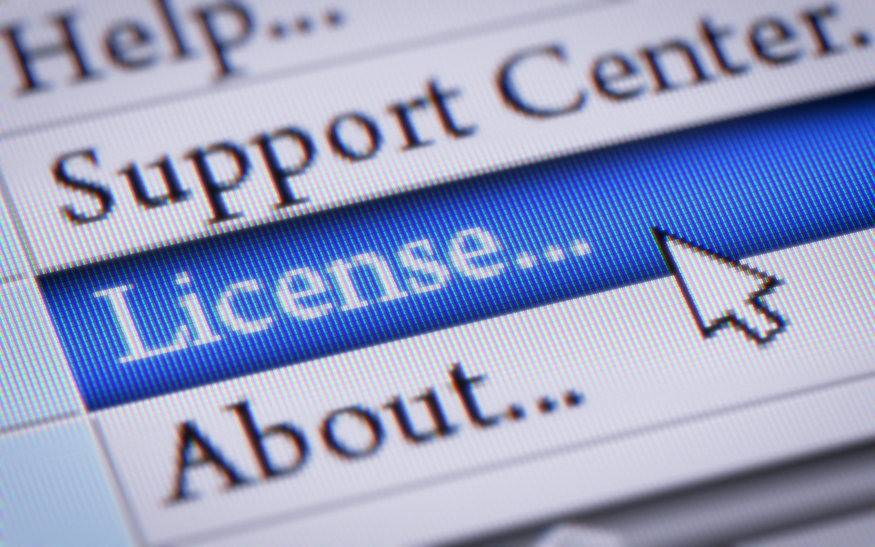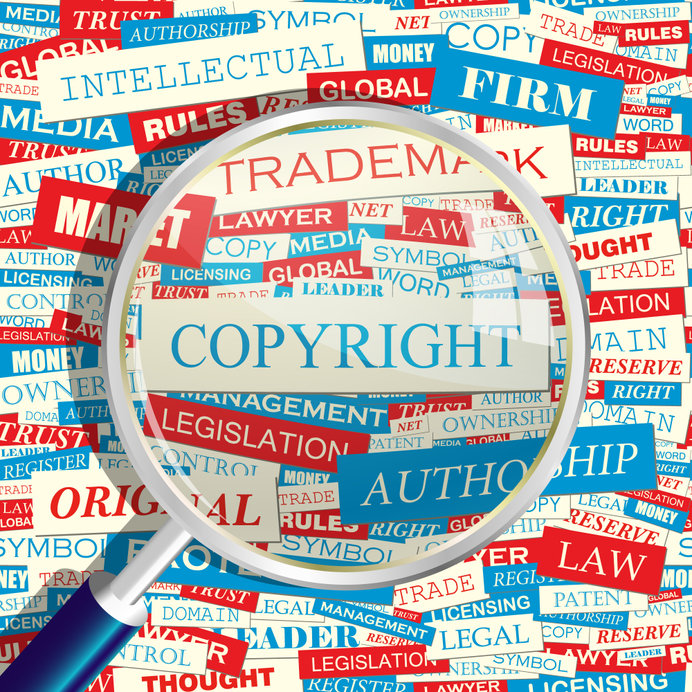
There’s no question about it. Marketing communications content is more engaging when it includes graphs, charts, photos or other visual elements. But sourcing images for marketing materials isn’t a straightforward process. From attribution to non-commercial to royalty-free to fair use, there are a lot of rules and regulations to untangle. There’s a lot at stake, too. Breaches of copyright can land your business in legal battles with hefty fines, especially if an image is used for social media marketing. To protect yourself and your company, it is important to know the copyright laws in effect.
What is Copyright Law?
According to the U.S. Copyright Office, “Copyright protects original works of authorship as soon as an author fixes the work in a tangible form of expression.” This includes mediums such as paintings, photographs, illustrations, books, poems, blog posts, musical compositions, sound recordings, computer programs, movies, videos, architectural works, plays and more. When a person or organization creates an image or any other type of intellectual property, copyright law gives the owner exclusive rights to “copy” or redistribute that property. Copyright laws aim to protect creators from having their work displayed, stolen, copied or reproduced without their permission.
Image Use and Recommended Resources

While compelling images are a mainstay in today’s visual and digital marketplace, marketers can’t simply grab an image off the internet and use it in their promotions, even if credit is provided to the original source. Graphics either need to be original creations or obtained from reputable sources that ensure the creator is credited and/or paid for their work. For marketers who don’t have internal graphics departments to develop their own visual content, there are budget-friendly external resources available. But they are not without use restrictions. Here are the four most common ways to legally source and use images and similar media:
- Paid licensing. In this case, a fee is paid to use the image under a license agreement. The copyright owner controls the type of licensing. It might include editorial or commercial restrictions or platform limitations regarding online or offline use. The image owner or copyright owner and the future image user agree upon all details. This process applies to individuals or companies, including those who use paid stock photo platforms. This works by paying a creator or a third-party vendor for the license to use a specific image on a case-by-case basis or via a subscription service. Paid platforms also can guarantee higher quality and variety and ensure you won’t encounter licensing issues down the line. There are two common types of images. One is a royalty-free license, where you pay a one-time fee to use the image. The other is a rights-managed image license, where price is calculated based on factors such as how often or where it is used, or duration of use. Some platform options for paid licensed images include:
- Shutterstock
- iStock
- Adobe Stock
- RF123 (low-cost)
- Dreamstime (low-cost)
- Unsplash (free)
- Pexels (free)
- Bigphoto (free)
- Pixabay (free)
- Creative Commons. Creative Commons is an American non-profit organization and international network devoted to helping creators retain copyright while allowing other users to copy, distribute and use their work in limited contexts. The organization has a database with over 500 million images. Generally, its license types are clearly displayed and searchable on image databases. Attribution to the original source is required. Best practices suggest confirming the licensing type, especially for commercial use. Creative Commons licenses can change over time, so it’s also important to maintain evidence of license terms as well as when and where you sourced the images, videos or other materials.
- Public domain. An image that belongs to the public domain means that it is not subject to copyright regulations. Most commonly, an image might enter the public domain when the owner of the work passed away or abandoned all rights to the work. Attributing the original source might still be necessary based on license requirements. There are many resources that claim to provide free images within the public domain, but it is important to confirm licensing on an individual basis. Some recommended resources include:
- Fair use. Fair use is a legal doctrine that exists in the United States to promote freedom of expression. It allows for the limited use of specific types of copyrighted material without having to first acquire permission from the copyright holder. Fair use applies only to certain circumstances, particularly if considered “beneficial to the public,” such as criticism, comment, news reporting, teaching, scholarship and research. When fair use is called into question, courts seek to determine purpose and character of use. When it comes to commercial use, it’s better to err on the conservative side of copyright law. Instead, seek to find the appropriate kind of licensed image.
Keeping Up with Evolving Policies

Just like any other regulation or policy, copyright law is subject to change as the landscape of intellectual property shifts and grows. Do your research and maintain an up-to-date knowledge of government policies and use of material you don’t create. Evaluate your internal practices and review content regularly to ensure you’re ethically and legally sourcing the images and other multimedia materials that you or your company use for any purpose. The bottom line? If in doubt, don’t use it.
